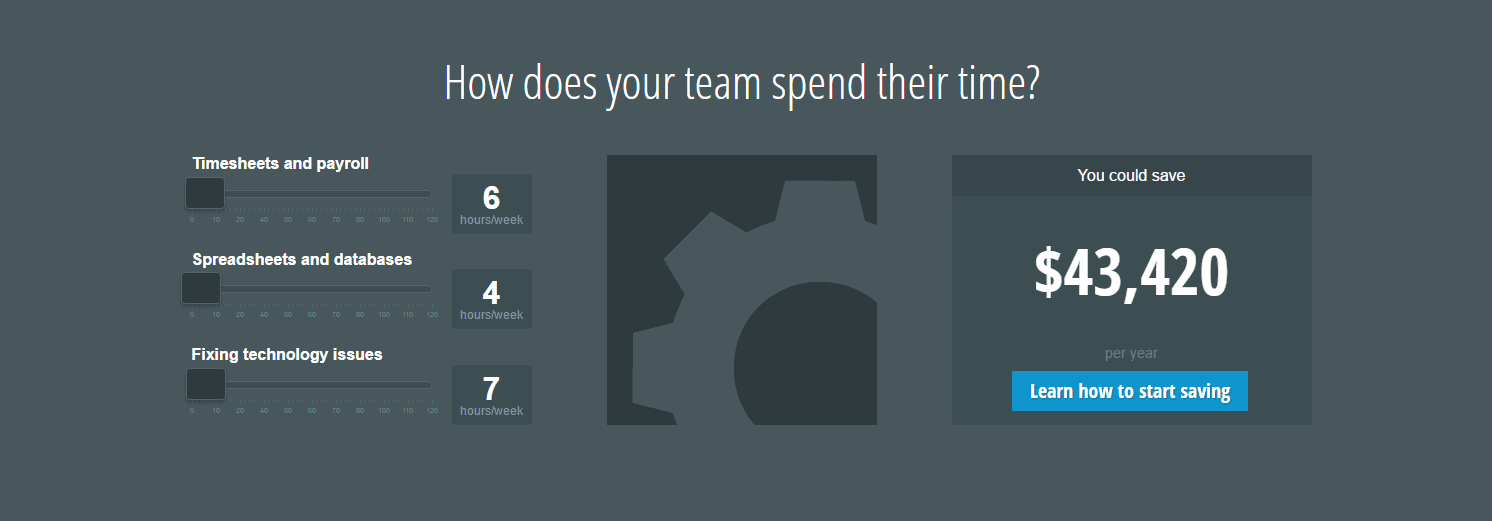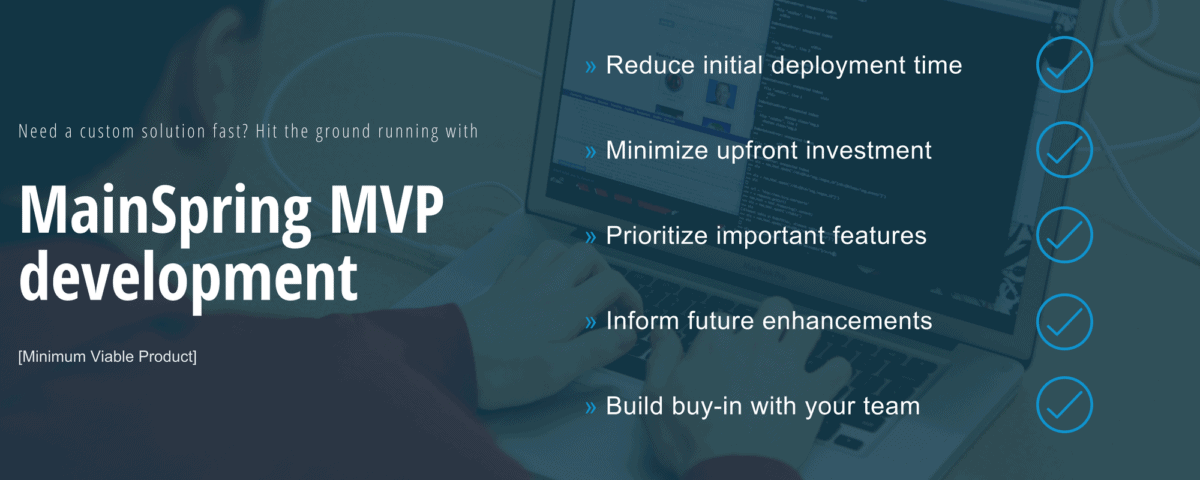
A common element in proposals is a return on investment (ROI) statement, in which sales people attempt to calculate how moving forward with the proposed work will generate savings based upon estimated improvements. Heck, we have an interactive tool on our homepage that does this very thing. While these calculations are a valuable tool in determining the value of moving forward with a new initiative, they typically don’t outline what the costs of maintaining the status quo will be.
Methods for figuring out the financial and strategic costs of inaction are specific to each business case. Is your organization having a recurring problem that is consuming your staff’s time? Are you losing customers due to recurring problems? These types of pain are the low-hanging fruit when considering the cost of doing nothing. In the cases that have a quantifiable risk and cost, it’s easy to acknowledge that change is necessary and ROI can be calculated.
Strategic disadvantages of inaction are usually harder to quantify and end up being costlier in the long run. If your competitors are innovating while you are stagnating, they are making improvements and advancing the delivery of their products and services. Continuing to trudge along with the same tools and processes that made you successful in years past will eventually stymie your organization. Compared to your innovative competitors, your costs will be higher and your services will be dated.
Examples of companies that haven’t innovated and paid the price are everywhere…
- Blockbuster failed to embrace a streaming video model, relying on their successful brick and mortar presence
- Myspace was the de facto standard in social networking and, through inaction, they are almost forgotten in the shadow of Facebook. The recent Myspace data breach may be the largest of breach yet, but nobody cares because the system is obsolete.
- Kodak was slow in investing in the digital photography market; they declared bankruptcy in 2012
- The cable TV industry is slow to react to the way consumers want to purchase entertainment media, and articles and blog posts about “Cutting the Cord” are rampant
While these are high profile examples, the same basic dilemma occurs at all levels of business. So, is innovation worth the risk? Maintaining a constant risk averse posture generates its own inevitable risk.
A very basic example would be a business maintaining an email or spreadsheet process that has been in place for years to track their numbers. Interactions slow down, collaboration is difficult, and mistakes are easy to make. While the process may be functional, it isn’t as efficient as investing in a tool that facilitates real-time data and automates the workflow.
So I challenge you to think about your business and its functions. Could your business model benefit from innovation or are there no outstanding improvements to be made?
Use these key questions to help gauge which direction is best for your company:
- What is that efficiency worth?
- Can your organization grow without being more efficient?
- What happens if you can’t grow?
- What are your competitors doing?
The answers to the questions that define the cost of doing nothing are something that stakeholders in each organization need to ask themselves. Not investing in innovation—well that is an easy choice to make for the constantly risk averse, but the consequences are inevitable.


FileMaker solutions
Fortunately, we have a way forward to help prevent your organization from stagnating in the face of your competitors. If you’re interested in investing in innovation and automation and would like to hear more about our different way of developing solutions, book a free consultation with our FileMaker Coordinator, Maria Melendez-Salas.

